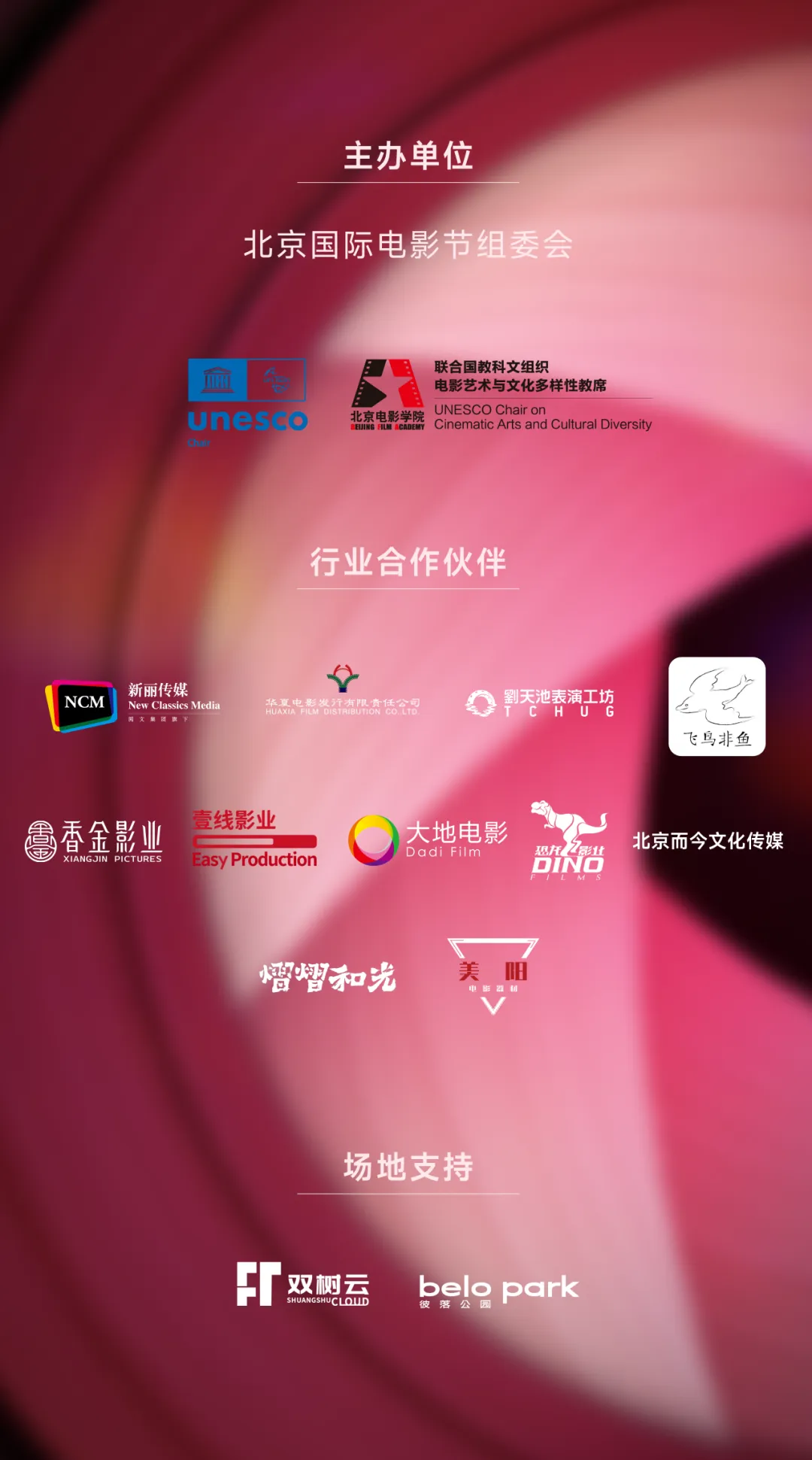NEWHER 2.0 Post-Production Intensive Course: From "Technological Empowerment" to "Creative Revolution"
Film is an art of visual and auditory storytelling, where editors and sound designers are the magicians behind this artistic feast. The NEWHER 2.0 Post-Production Intensive Course not only focuses on supporting female directors in their creative endeavors, but it also emphasizes the innovative concept of “front-loaded post-production”. This NEWHER Post-Production Intensive Course has partnered with the leading post-production brand “HeGuang Studio” to bring together top-tier mentors in film editing and sound design, including Tang Hongjia, Zhang Yibo, Long Xiaozhu, and Huang Zheng. Together, they will unveil the creation secrets behind the film industry to young directors.
HeGuang Studio, a comprehensive film and television post-production base dedicated to "raising post-production standards in the film and television industry, advancing the industrialization of digital production workflow, and providing one-stop, full-process post-production solutions for filmmakers", actively participates in project pitch incubation projects. Serving as the post-production base for major works such as Detective Chinatown 1900, Ne Zha 2, and Octopus with Broken Arms, it has also become a "technical training ground" for young directors. The Post-Production Intensive Course is hosted here, allowing young directors to immerse themselves in professional film and television production processes by visiting top international post-production equipment and facilities, as well as the post-production environment, case study breakdowns by mentors, practical experience sharing, and other activities. Mentors use their practical experience to help young directors bridge the gap between creation and implementation, from audio-visual design at the scriptwriting phase to on-set sound-image coordination and, finally, the nuanced balance of editing and sound mixing in post production.
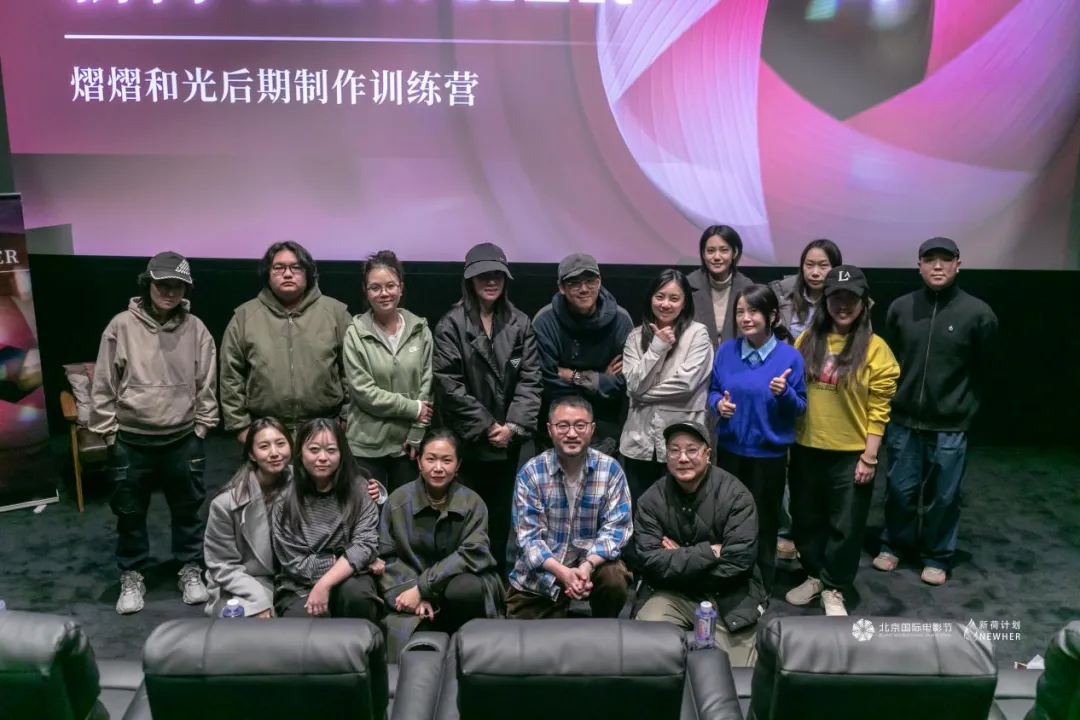
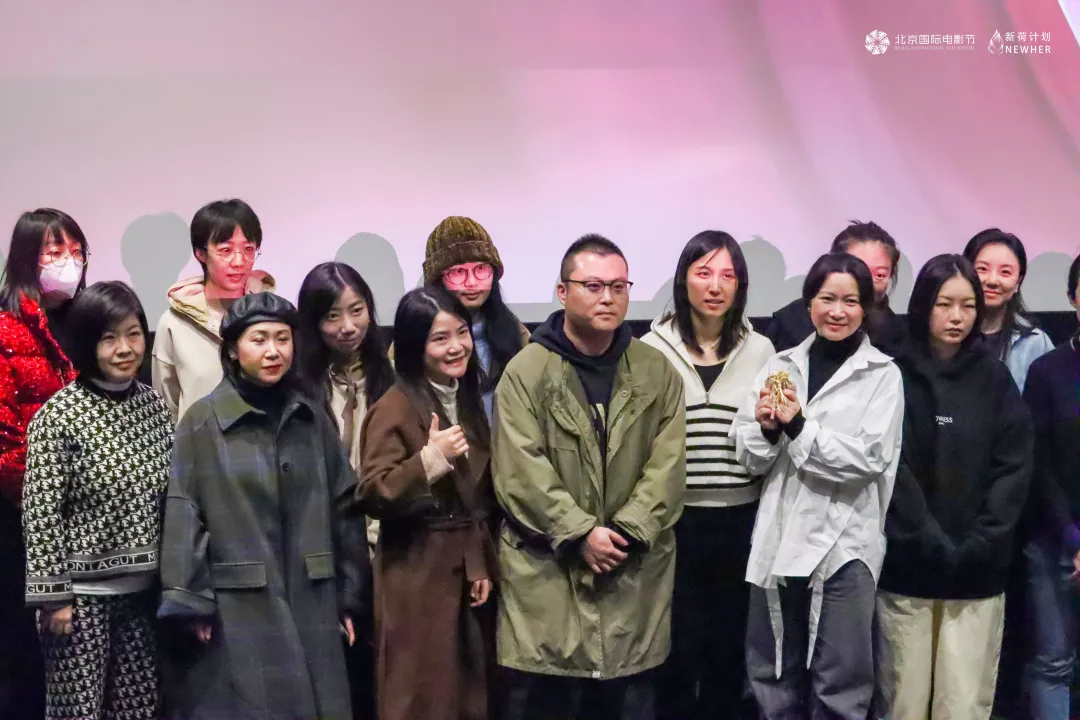
Group Photo of NEWHER 2.0 Post-Production Intensive Course Participants
Long Xiaozhu: The Ambiguity of Sound is an Invitation to the Audience
“The uncertainty of auditory perception is precisely the gateway to imagination.” - Long Xiaozhu
Long Xiaozhu, the sound designer behind classic films such as The Looming Storm, The Final Master, and Brotherhood of Blades, shared her expertise during the intensive course. She has been nominated for a Golden Rooster Award for Best Sound Recording and has won sound design awards from the China Society of Motion Picture and Television Engineers several times. She used her last year's works Her Story, Evacuate from the 21st Century, and The Sinking of the Lisbon Maru as case studies to show how sound can become the “invisible storyteller”.
In the film Her Story, the juxtaposition of the child's listening and guessing games with a montage of her mother's daily labor sounds directly demonstrates sound's powerful narrative and expressive capabilities in cinema - a result of front loading sound design during the scriptwriting and filming phases. Long Xiaozhu also used the scene in Evacuate from the 21st Century where Wang Zha makes a scene in the office to demonstrate how sound blurs the line between reality and illusion. In normal narratives, the sound of waves often sounds as a symbol: sometimes roaring like war drums to amplify a character's rage and propel them forward; other times dissolving into street noise to expand the sonic space and metaphorically suggest “overwhelming force”. “The 'ambiguous plausibility' of sound creates a fascinating dynamic. As audiences try to interpret it, their minds unconsciously fill in layers of meaning, actively participating in the creation process of expression and understanding, and achieving interaction with the film.”
In tackling the climactic shipwreck sequence of the documentary The Sinking of the Lisbon Maru, the sound team faced a dual challenge: not only “recreating the 1942 shipwreck incident” with forensic accuracy, but also revealing the universal human emotions beneath the historical event. Their solution was a three-dimensional sonic approach: In the physical layer, the team researched and simulated the acoustic profile of a 2,000-ton cargo ship fracturing and sinking, recording the “creaking” sound of the twisted steel plate. In the human voice layer, the team invited survivors' descendants to read their diaries from that time, preserving their trembling breaths and choked pauses. In the musical layer, the British song It's a Long Way to Tipperary from the First World War (which appeared in the previous narrative section in the form of a combination of old recordings and historical documentaries) is played using a combination of live singing by real people and animated scene reproduction, establishing historical authenticity first and then amplifying emotional authenticity. “So when the roar of seawater flooding the cabin combines with the calm narration of survivors' memories, the immense, immersive, and convincing power born of history's stark contrast speaks for itself. No additional explanation or annotation is needed.”
When responding to young directors' confusion about “how to communicate with the sound teams and describe desired sounds”, Long Xiaozhu explained: There is often a gap between a director's description and the final sonic realization, but that is perfectly normal. Be bold in expressing your vision, even without technical jargon. What matters is conveying your intent as accurately as possible. She shared an example: A new director once requested “a noise that resembles a heartbeat yet not quite one”. Though seemingly specific, this was inherently abstract. After further discussion, the team realized the director wanted to express a trapped, lonely helplessness with undercurrents of agitation. Finally, the team created a composite sound by combining an old air conditioner compressor startup with a ticking second hand, producing the ideal oppressive sound effect. “Avoid vague terms like ‘ethereal’ and ‘heavy’. If you can describe it as ‘like a heartbeat muffled by cotton’ or ‘the metallic scrape of a rusty iron gate swinging’, the sound designer will find it easier to imagine and understand.”
She specifically mentioned that the application of AI technology in the field of sound is still limited: “At present, the sound effects generated by AI remain generic - lacking accuracy, let alone personality or wit. At best, they fulfill basic requirements of mere existence and categorization.” Her team rejected AI-generated “beat-synced” effects for Evacuate from the 21st Century in favor of manually adjusted synthesizer tones combined with fully manual editing. When designing comedy soundscapes, she advised: “Use fewer ‘predictable’ comedic sound effects. Contrasting silences or serious musical scores can actually amplify comedic moments - ‘we can deliver humor with deadpan seriousness’. Sound is an expressive technique that's both ambiguous and precise, fascinating and delicate. Sometimes, only through ‘imperfections’ or carefully designed 'inaccuracies' can audiences accurately perceive the complex meanings creators intend to convey.”
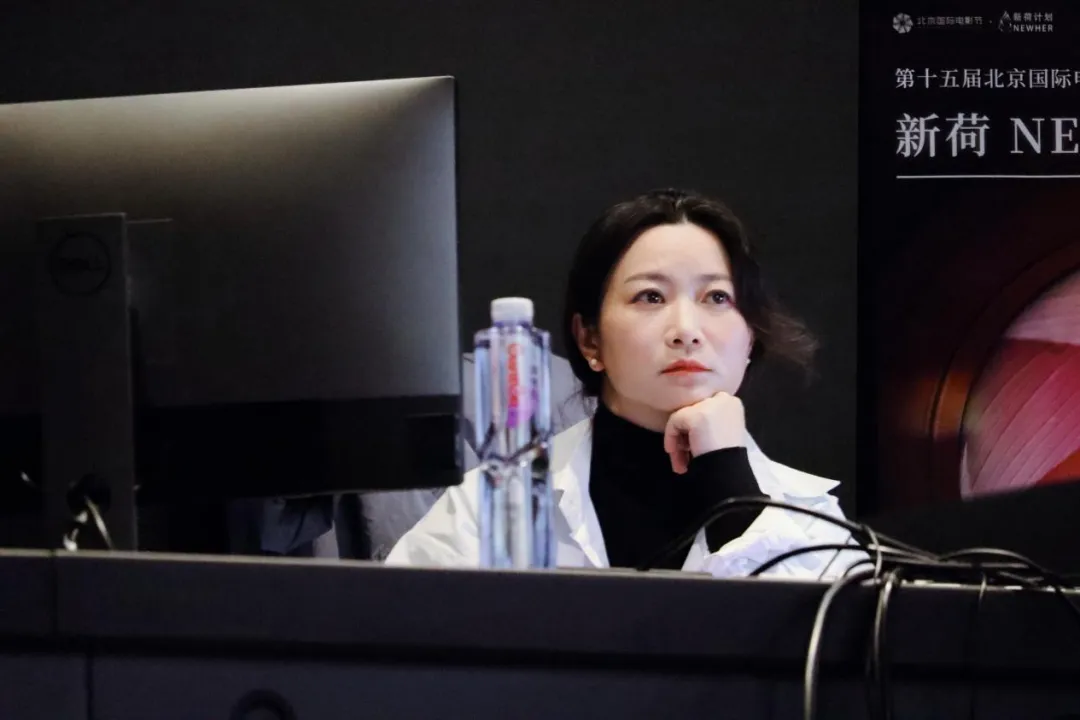
NEWHER Post-Production Intensive Course: Sound Mentor Long Xiaozhu
Tang Hongjia: Montage is the Breath of Editing; Rhythm is the Heartbeat of the Audience
"The core of editing is to make the audience forget time while being completely captivated by rhythm." - Tang Hongjia
As the editing director of commercial blockbusters such as the Detective Chinatown series and the Sheep Without a Shepherd series, Tang Hongjia deconstructed how editing serves as narrative's “invisible driving force” during the post-production intensive course. He gave examples such as the parallel montage in Sheep Without a Shepherd 1 and the fast-paced plot twists in Lost in the Stars. In Sheep Without a Shepherd 1, the original chaotic intercutting of two "kicking" scenes, which had been criticized for narrative confusion due to excessive fragmentation, was reworked into segmented parallel editing. This adjustment not only condensed redundant timelines but also amplified the audiovisual impact. For Lost in the Stars, Tang emphasized adapting to the short-video era's viewer habits by drastically shortening plot-twist cycles: "We compressed the normal 10-minute twist to five or six minutes, using fast-forward jump editing to fight against the audience's aesthetic fatigue."
Regarding the common issue of “prolonged openings” among new directors, Tang Hongjia stated candidly: “The audience is ‘pinned’ to their seats in the first 30 minutes in the cinema. If you fail to capture their attention right away, even brilliance later may not be enough to make it up.” He advised directors to take a “cold-blooded” approach when evaluating rough cuts. “Mute the audio and evaluate whether the visuals alone can convey the desired emotions.” This interference-free perspective often reveals flaws in narrative logic.
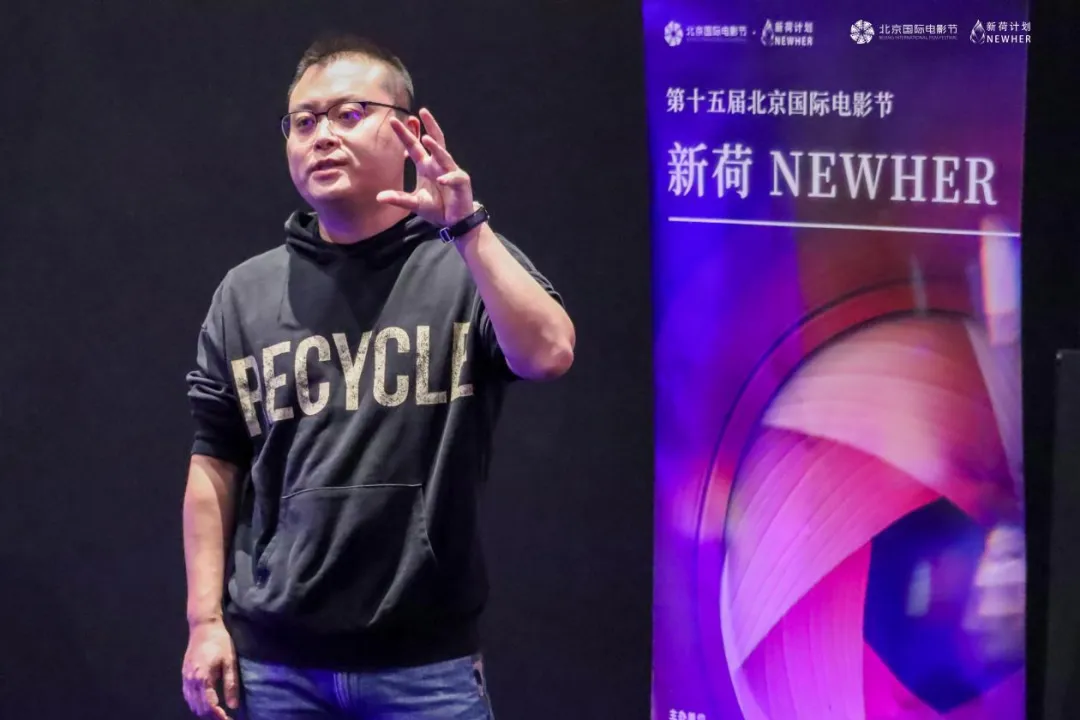
NEWHER Post-Production Intensive Course: On-Site Sharing by Editing Mentor Tang Hongjia
Zhang Yibo: Editing is the Director's Third Eye - There's No Room for Attachment, Only For What's Right
“Commercial films are just the right kind of entertainment, not self-indulgent art.” - Zhang Yibo
Acclaimed editor Zhang Yibo, whose works like Better Days and Leap have earned him multiple Golden Rooster and Hong Kong Film Awards, adopted an informal “chat with new directors” approach during the post-production intensive course to share pragmatic insights on commercial filmmaking. He candidly stated that common dilemmas faced by new directors stem from the conflict between "intuitive creation" and “experienced-based judgment”: “The audience may not connect with scenes crafted purely from intuition, while a lack of experience often leads to self-doubt.”
Regarding the cooperation between directors and editors, he offered this advice: “Trust your editor, but don't drag them to the set - maintaining objective judgment is the hardest part. Nobody can bear to cut that footage after seeing an actor break his leg on set!”
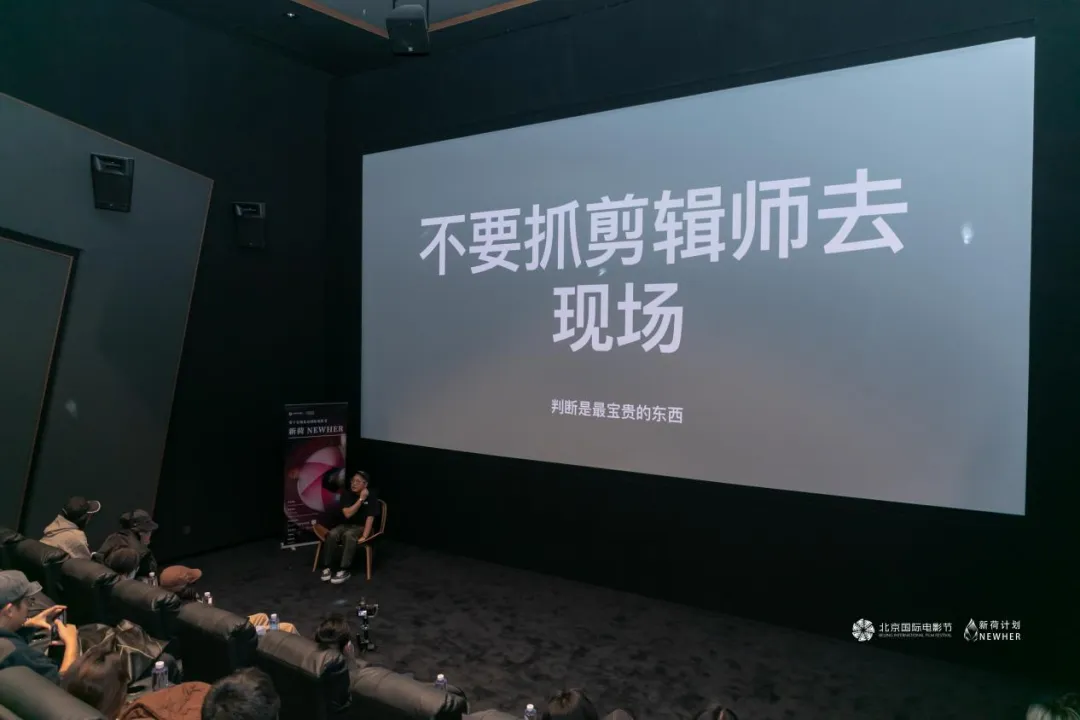
NEWHER Post-Production Intensive Course: On-Site Sharing by Editing Mentor Zhang Yibo
When addressing the balance between market demands and artistic expression, Zhang Yibo advised young directors to learn to “read the room”: “During test screenings, the moment audiences reach for their phones is the signal that the film has ‘lost its grip’.” He encouraged directors to boldly restructure narratives or even overhaul existing ones, noting that "the possibilities of cinema always lie in how the footage is arranged and combined.”
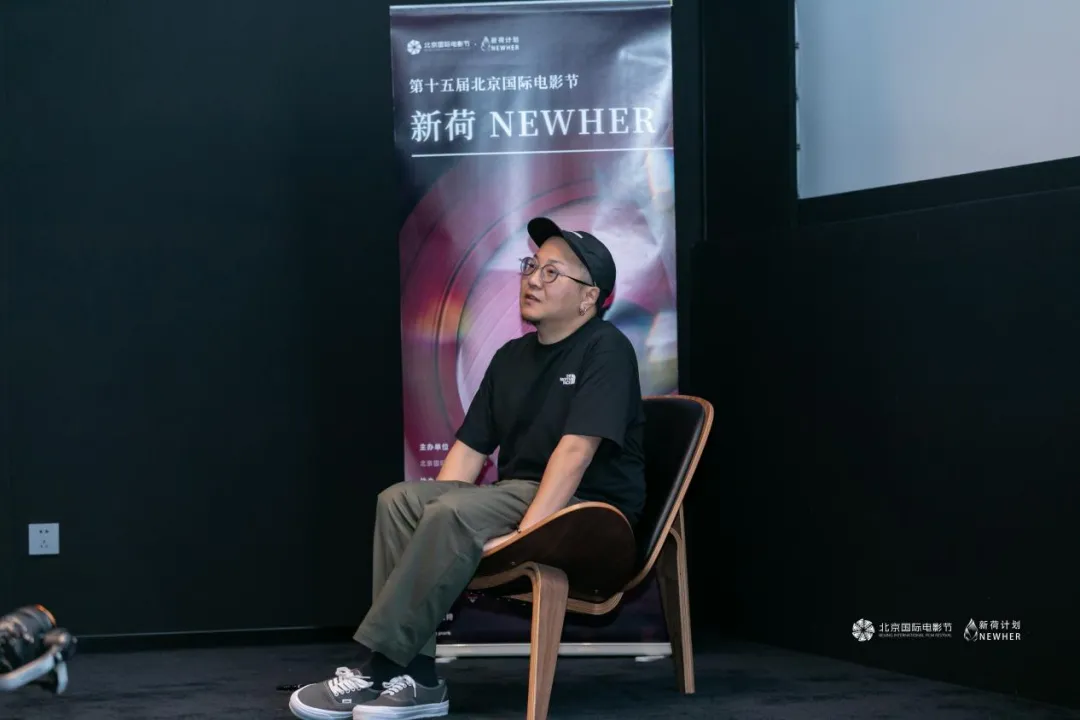
NEWHER Post-Production Intensive Course: Editing Mentor Zhang Yibo
Huang Zheng: Sound is the Brush of Space; Emotion is the Code of Frequency
"A sound engineer's mission is to transform environmental 'noise' into narrative 'language'." - Huang Zheng
Acclaimed sound director Huang Zheng, whose works like Better Days and Johnny Keep Walking! have earned him multiple Golden Rooster Awards for Best Sound Recording and recognition as an Oscar juror, unveiled the “spatial magic” of sound design during the post-production intensive course. In the school bullying scene in Better Days, he deliberately amplified the dripping sound of the air conditioner and the construction noise in the distance. “A sweltering, humid, and oppressive environment can suffocate the audience without any lines,” he explained. For the concert sequence in Johnny Keep Walking!, Huang insisted on live singing recordings: “The off-key breaths and spontaneous interactions - these 'imperfections' are the soul of live performance.”
Huang Zheng offers practical advice for low-budget young directors: “Film is a unique form of expression that conveys artistic emotions to the audience through the perfect fusion of sound and visuals. In the creative process, sound expression should be meticulously designed from the scriptwriting phase, which can produce twice the result with half the effort. Therefore, I encourage young directors to integrate sound concepts into their thinking during the initial scriptwriting phase. This forward-thinking approach will surely bring unexpected brilliance and depth to the final film.”
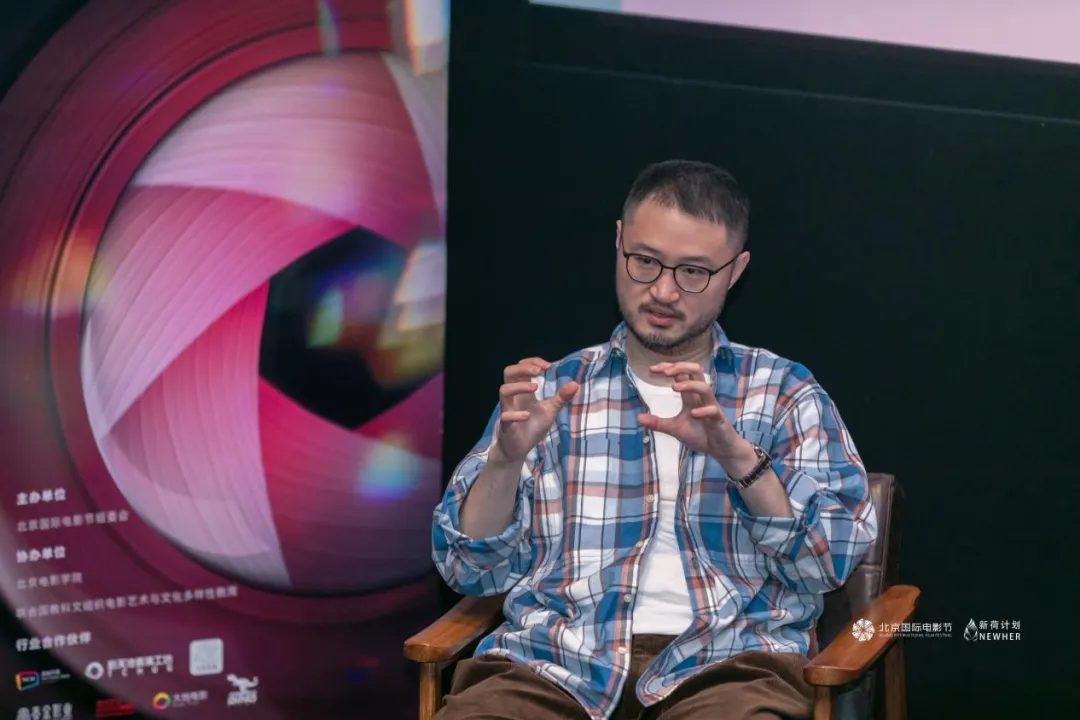
NEWHER Post-Production Intensive Course: Sound Mentor Huang Zheng
HeGuang Studio: We Perfect the Final Touch of Film Production
From Tang Hongjia's montage philosophy to Zhang Yibo's box office insights, Long Xiaozhu's ambiguous soundscapes to Huang Zheng's spatial storytelling, the four mentors have revealed only the tip of the iceberg of film industry wisdom for new directors. During the post-production intensive course, HeGuang Studio opened its core film production studios to young directors for exploration and hands-on practice, providing an immersive glimpse into the pulse of China's film industry. In the Dolby Vision Color Grading Suite and the CINITY Color Grading Suite that Detective Chinatown 1900 had used, participants witnessed unprecedented visual experiences with their naked eyes: vivid highlights with distinct details, clear textures in the shadows, and pixels that appeared both brighter and more profound. In the Dolby Atmos Platinum Mixing Stage, they underwent immersive audio experiences that delivered true sonic power.
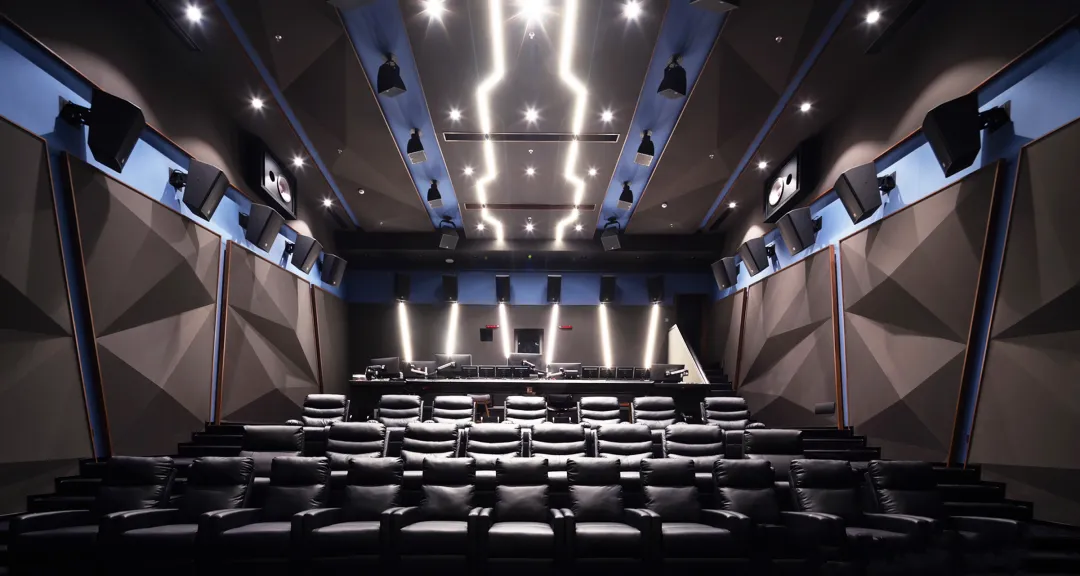
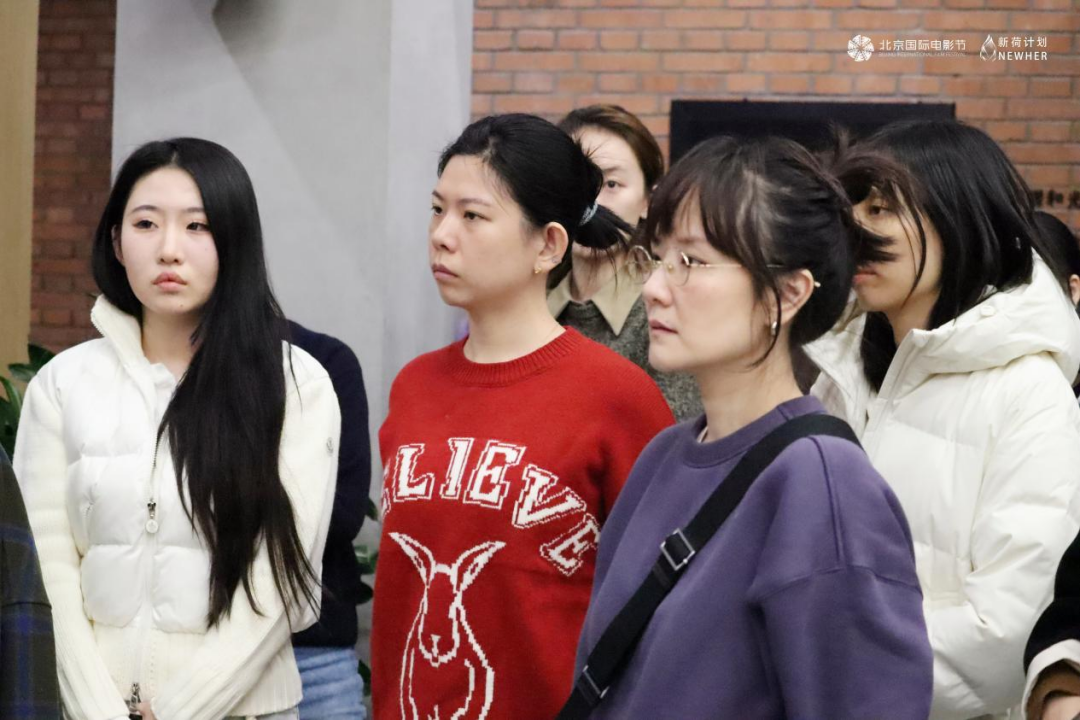
Young Directors' Tour of Core Film Production Studios
The NEWHER Project expresses a shared conviction through an industrial enlightenment that combines theory and practice: “The soul of cinema forever blooms from the creator's unguarded passion.”
The NEWHER Female Film Section is hosted by the Beijing International Film Festival Organizing Committee, the Beijing Film Academy, and the UNESCO Chair on Cinematic Arts and Cultural Diversity. The NEWHER Female Film Section extends its gratitude to the UNESCO Chair on Cinematic Arts and Cultural Diversity for its steadfast support. The Chair aims to advance academic research and content creation on using cinematic arts to safeguard the diversity of cultural expression and cultural heritage through global inter-university cooperation, as well as to develop youth capacities to create audio-visual artistic expressions that recognize and draw from world's diverse cultures. Since its inception, the Chair has aligned with UNESCO's overall priority of gender equality, ensuring that high attention is paid to the participation of female experts, scholars, artists, alumni and young students across all initiatives. The Chair utilizes digital tools to empower communities - particularly ethnic minorities and women - in creating culturally rich cinematic arts, bridge the digital gender gap, and promote inclusivity in the field of culture and creativity, thereby enhancing cross-cultural exchanges and mutual learning. Furthermore, the Chair supports the dissemination of culturally diverse artistic works, maintains close ties with partner institutions, local communities, and other stakeholders, and works to strengthen cooperative networks and increase public awareness. It gives more young people, women, and small island nations a platform to showcase their diverse arts and cultures, as well as expands their development opportunities in film and television arts, cultural and creative industries.
